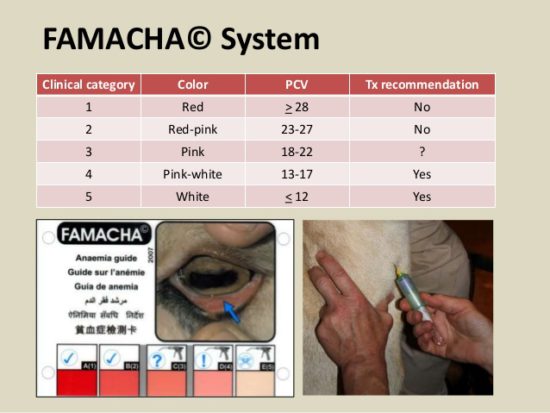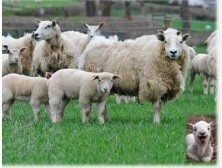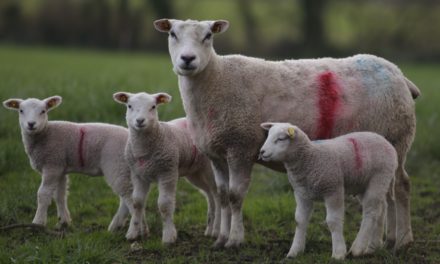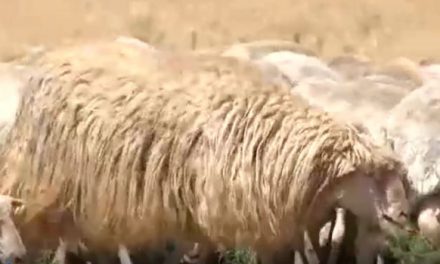This post is also available in:
![]()
![]()
![]()
![]()
![]()
![]()
The FAMACHA score assessment
Solution name: The FAMACHA score assessment
Aim: Anthelmintic use is a big issue in sheep production and there is a need to decrease the costs used for it. With this solution we aim to treat animals towards more efficient parasite control with reduced antibiotic and anthelmintic use.
Description:
Targeted selective treatments (TST) have been recently proposed to reduce anthelmintic usage and help to maintain populations in refugia, which should help conserve the genes for susceptibility within parasite populations.
By far the best-known example of a TST indicator is FAMACHA – an acronym derived from the name of the originator of the idea, Dr. Faffa Malan (FAffa MAlan CHArt) – a system developed in South Africa that uses anemia, determined based on the color of the lower eyelid mucous membrane in small ruminants, as a morbidity marker for haemonchosis. The FAMACHA© system aimed to facilitate the clinical identification of sheep infected with H. contortus by comparing the colour of the ocular conjunctival mucosae with a colour card depicting five color categories, ranging from 1 (F1)(bright red colour) through 2 (F2), 3 (F3) and 4 (F4), to5 (F5) (practically white), respectively, corresponding tohaematocrit (Ht) categories from ≥28%, 23–27%, 18–22%,13–17% and ≤12%.
In this system of classification only ani-mals judged to be in categories 3–5 are routinely treated, while the rest are left untreated and continue to pass unselected parasites, thus promoting the availability of unselected worm stages in refugia.
FAMACHA scoring test is a simple procedure to get an approximation of the parasite load sheep are carrying. FAMACHA scoring can also determine if dewormer is still effective or if the gastrointestinal parasites in the herd or flock have become resistant to it.

Topic: Health
Production: Dairy / Meat
Animal Category: Ewe/ Replacement
Issue: Internal parasitism (ewe/replacement)
Level of Solution: Knowledge
Country: Turkey

How to implement it
The colour of ocular mucous membranes was classified into one of five categories according to the FAMACHA eye colour chart:
1 = red, non-anemic
2 = red-pink, non-anemic
3 = pink, mildly anemic
4 = pink-white, anemic
5= white, severely anemic
Expected benefits
Internal parasite status in the herd can be detected by farmers in a simple, quick and inexpensive way
Prerequisites and/or limits
- The FAMACHA-test may not be sufficient in detecting all animals with high fecal egg counts
- The FAMACHA-test should not be the only tool you use to decide whether to deworm.
- Additional evaluations such as the FEC would be necessary
- An inadequate dose of dewormer may give wrong results for The FAMACHA scoring
- All assessments need to be by the same person
Information Source / Useful links
- Assessment of a hands-on method for FAMACHA© system training
https://www.sciencedirect.com/science/article/pii/S0304401713006353?via%3Dihub






